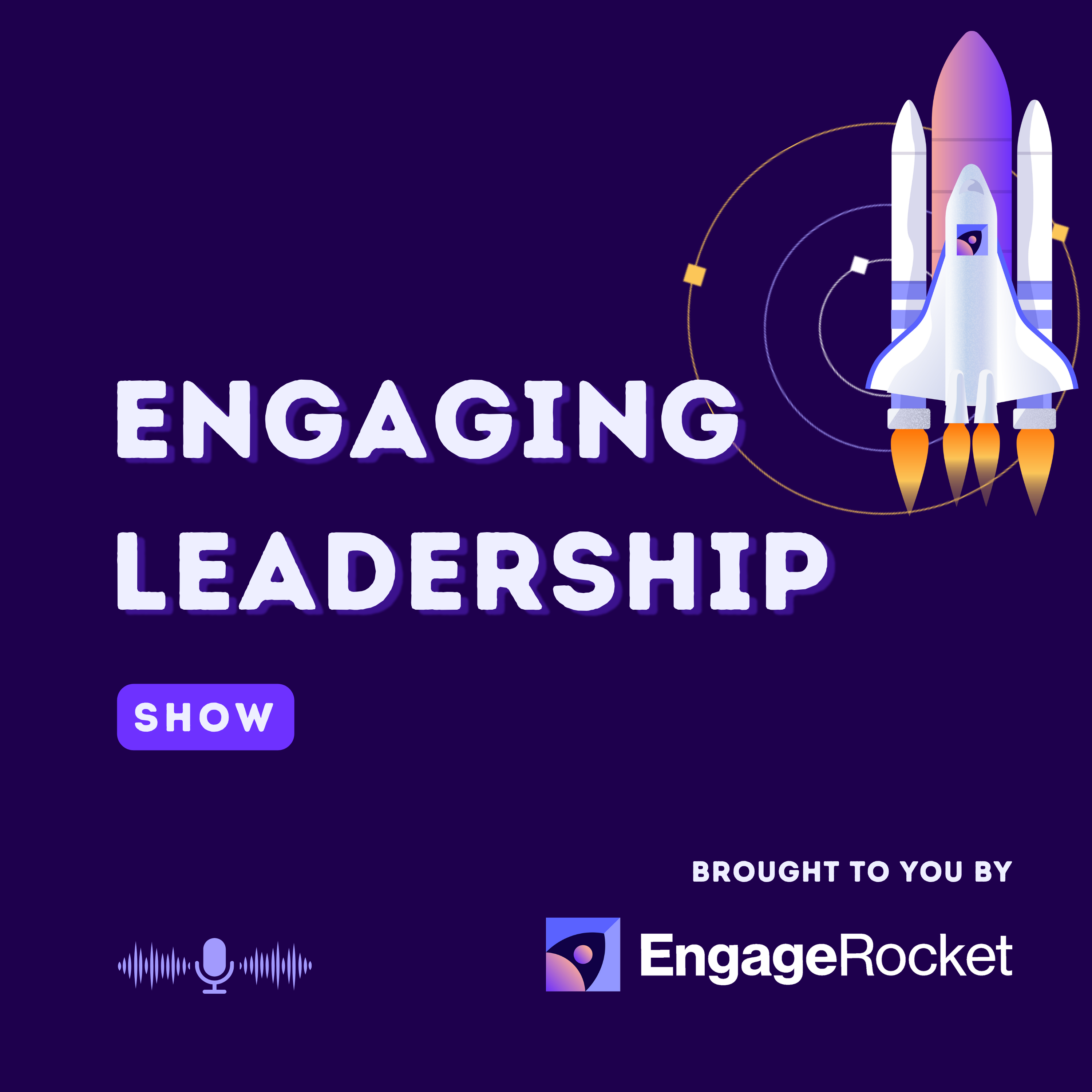How Technology is Critical to Creating a Strong Communication Culture in Remote/Hybrid Teams
Dr. Jim discusses the challenges of effective communication in a distributed work environment and offers solutions to overcome them. He emphasizes the importance of implementing frameworks and processes to facilitate communication across the organization. Dr. Jim suggests using tech tools like Slack, Microsoft Teams, and Google Meets for asynchronous communication. He also recommends conducting regular surveys to gauge employee sentiment and using town hall meetings to align the organization's strategic direction. Collaboration can be enhanced through project management tools like Asana or Trello. By leveraging technology and fostering a cohesive organizational culture, effective communication can be achieved, leading to growth and success.
Timestamp
[0:00:00] Introduction to executing frameworks in a distributed environment
[0:00:00] Importance of a minimal tech stack for asynchronous communication
[0:00:00] Regularly checking the sentiment of the organization through surveys
[0:02:21] Using town halls and AMA sessions for strategic communication
[0:03:08] Collaboration tools for project management and visibility
[0:03:08] Amplifying frameworks and initiatives to create organizational culture
[0:03:08] Importance of a strong communication foundation for growth and scaling
Transcript
Integrating Technology to Improve Communication
Dr. Jim: [:Maybe you're working in a remote environment or a hybrid environment, or even if you're onsite, these things aren't easy to pull off and you need to build some systems and processes that will allow you to be much more effective in getting these initiatives off the ground and communicating more effectively.
This is especially critical for small to midsize organizations because , you're working across multiple time zones. And you need a way to integrate all of these different work streams and communication frameworks and initiatives as you continue the process of growing and maturing as an organization.
nimal tech stack that allows [:Another way that you can actually facilitate better communication over a distributed workforce is to regularly check the sentiment, your entire organization, and that's through the use of surveying tools.
It could be as simple as something like SurveyMonkey or Google Forms, or you can create more complex feedback mechanisms. But the key thing here, especially if you're in a small to mid-size organization, is that you need to do it on a regular basis. You need to have the data that is pulled from that available very quickly.
izations versus much larger, [:Another way that you can leverage technology to create better organizational communication is to use periodic town halls or ask me anything sessions where your entire organization comes together . This is a great way to get everybody reoriented with the strategic direction of the organization or something big that's coming up and communicating that across the whole, and then you rely on your directors and managers to have more granular conversations across the organization. You don't want to have division-wide or company-wide, all hands meetings all the time because not everybody needs to be in the room. So be judicious with these so that it carries the right level of impact.
organization from a project [:Using all of these communication platforms allows you to take those frameworks and initiatives that you've built to foster better communication and then put them into action and amplify those so that you can actually create a more cohesive organizational culture. The intent here is to use all of these.
Things and maybe some other things as far as a company intranet or newsletters, to keep everybody in the loop continue building that recognition culture and make sure that everybody is as connected as possible in a distributed environment. A strong communication foundation is one of the critical elements that you will need to have in place to grow and scale effectively and eventually become an elite organization because that communication foundation allows your managers to be empowered, keeps your employees engaged with those two elements together, you're building an elite organization.



